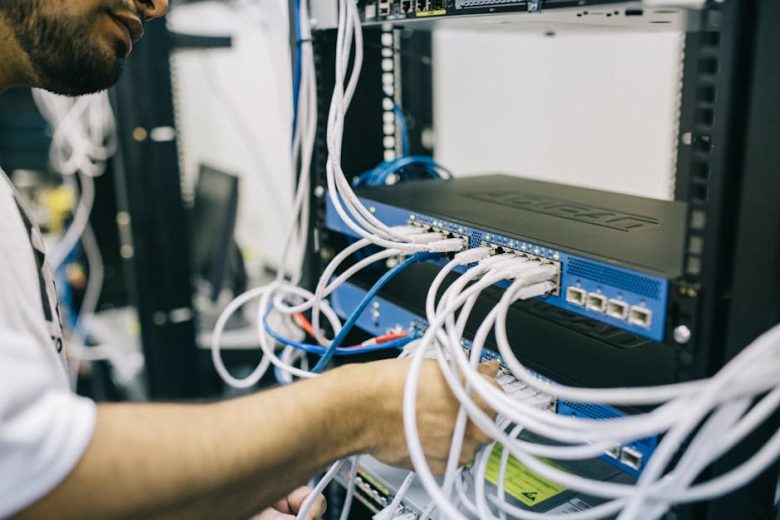In the shadows of adolescence, a silent crisis is brewing—one that threatens the very fabric of our society. As teenagers navigate the tumultuous waters of growing up, they are grappling with unprecedented levels of anxiety, depression, and isolation. This crisis is not just a statistic; it is a profound challenge that affects families, communities, and the future of our youth. With the rise of social media, academic pressures, and societal expectations, understanding this epidemic is crucial for fostering a healthier environment for our children.
The statistics are staggering: recent studies suggest that nearly one in three teenagers report experiencing symptoms of anxiety or depression. This alarming trend is not merely a byproduct of typical teenage angst; it is indicative of a deeper, systemic issue that warrants our immediate attention. The question we must confront is why this generation is struggling more than ever before and what we can do to support them.
One major contributing factor to this mental health crisis is the pervasive influence of social media. While platforms like Instagram and TikTok can foster connection, they often exacerbate feelings of inadequacy and loneliness. Teens are bombarded with curated images of perfection, leading to unhealthy comparisons and a distorted sense of self-worth. The pressure to maintain a flawless online persona can be overwhelming, leaving many feeling isolated in their struggles. This digital landscape creates a paradox where connection is abundant, yet genuine relationships are scarce.
Academic pressure is another significant contributor to the mental health epidemic among teens. With the stakes higher than ever, students face relentless competition for college admissions and scholarships. The constant drive for high grades and extracurricular involvement can leave little room for downtime or self-care. As a result, many teens find themselves in a cycle of stress and burnout, struggling to balance their aspirations with their mental wellbeing. This relentless pursuit of achievement often comes at a steep cost, leading to anxiety and depression.
Moreover, the ongoing global challenges, including the COVID-19 pandemic, have further exacerbated mental health issues among adolescents. Isolation during lockdowns, combined with the uncertainty of the future, has left many feeling vulnerable and afraid. The disruption of normal routines and the loss of social interactions have taken a toll on their emotional health. The need for support and connection has never been more critical, as teens navigate these complex emotions.
Yet, amidst this concerning landscape, there is hope. Awareness is growing, and conversations around mental health are becoming more normalized. Schools and communities are beginning to prioritize mental health resources, providing safe spaces for teens to express their feelings and seek help. Innovative programs focused on emotional resilience and coping strategies are emerging, equipping young people with the tools they need to navigate their mental health challenges.
As we confront this silent crisis, it is imperative that we listen to our teens and advocate for their needs. By fostering open dialogues, providing support, and prioritizing mental health, we can create a brighter future for the next generation. Together, we can turn this tide, transforming concern into action and despair into hope. The time to act is now, for the sake of our youth and the society they will shape.



